Description
This plant is restricted to ship to AZ, CA, TX
Latin Name: Juglans regia
Common Names: English Walnut, Persian Walnut, Common Walnut, Carpathian Walnut
Zones: 3-7
Mature Height: Typically grows 40 to 60 feet (12-18 meters) tall and equally wide, with a round, broad crown. The tree is self-pollinating and features a deep taproot (Virginia Tech).
Soil / Climate: Native to southern Europe and Central Asia, the English walnut thrives in well-drained, rich soil and full sun. It does not perform well in shade or in hot, humid conditions (Missouri Botanical Garden).
Notes: The roots of the English walnut tree contain juglone, a toxic compound that can harm other plants sensitive to it. It’s important to maintain a significant distance between the walnut tree and susceptible species, as the area of toxicity expands with the tree’s growth. The fine-grained wood of the English walnut is highly valued for paneling and furniture. The tree is commercially grown in the western United States primarily for its edible nuts. Although some young trees may start producing nuts at around 4 to 6 years old, a substantial crop usually isn’t seen until the trees are about 20 years old (Missouri Botanical Garden). The bark is light gray with flat ridges that form diamond shapes. Twigs are light brown. The compound pinnate leaves are 12-18 inches (30-46 cm) long, with 5-7 oblong leaflets, each about 5 inches (13 cm) long. New leaves start as purplish brown and mature to a shiny green (Virginia Tech). They appear in late spring and fall in early autumn, turning yellow in the fall. The crushed leaves emit a fragrant odor. In late spring, greenish-yellow flowers develop on drooping, hairy male catkins and short spikes for female flowers. The female flowers produce nuts encased in a thin, smooth green husk that turns brown by fall. The nuts are about 2 inches (5 cm) wide when mature (Missouri Botanical Garden).
Problems: The English walnut is generally free of major issues but can be susceptible to leaf spot, root rot, anthracnose, shoot dieback, canker, bacterial blight, leaf-eating caterpillars, and fall webworm (Missouri Botanical Garden).
Wildlife: The nuts are a food source for woodpeckers, foxes, and squirrels.
Cold Stream Farm supplies English Walnut trees which are grown as bare root seedlings and transplants and sold both wholesale and retail with no minimum order.
Sources:
Additional information on Juglans regia can be found on the link: USDA / NRCS PLANTS Database.

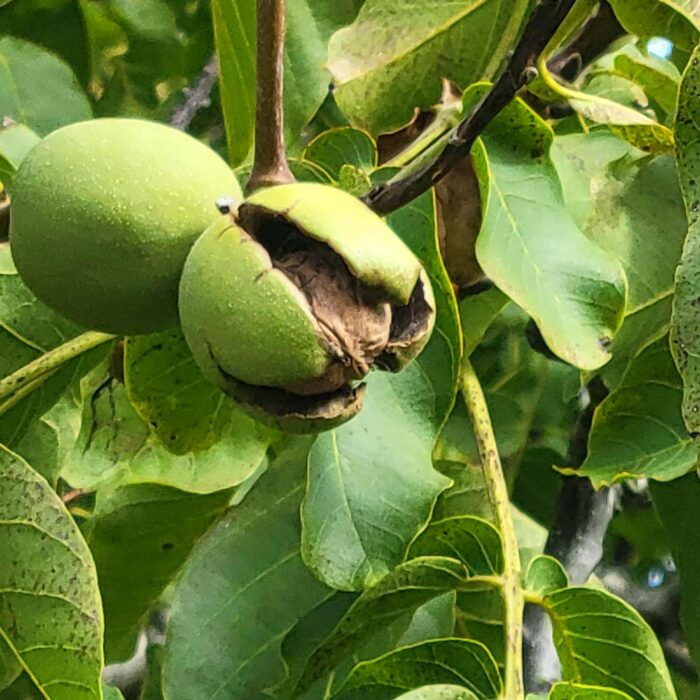
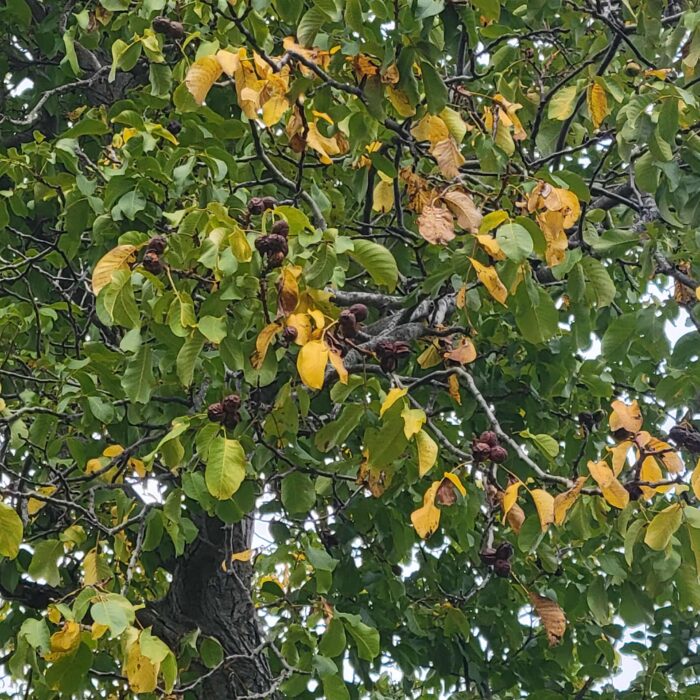
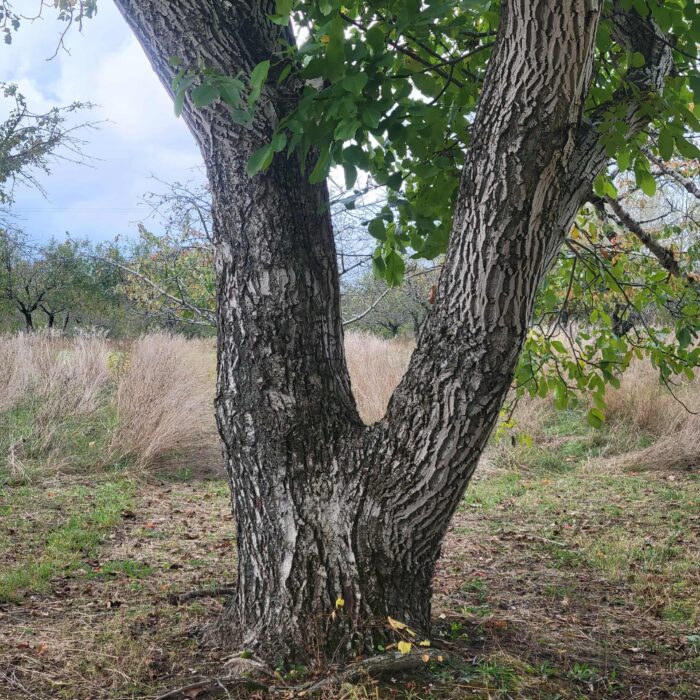
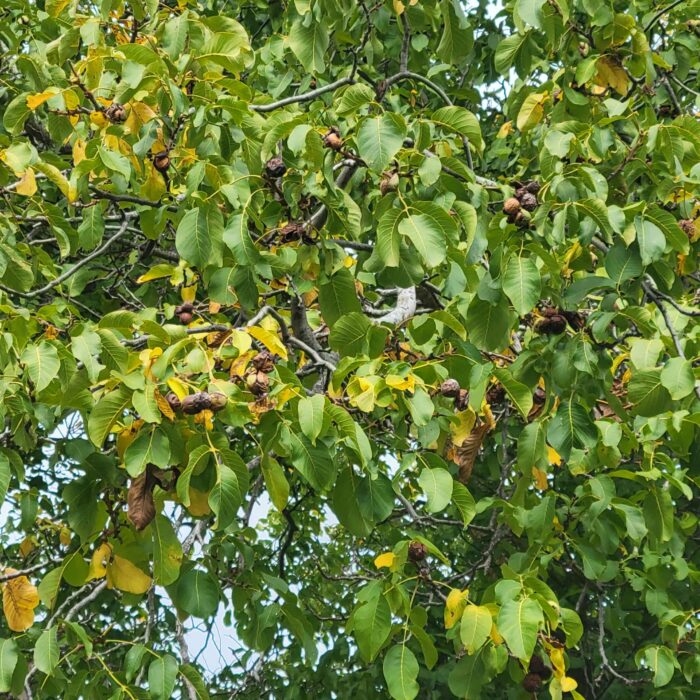
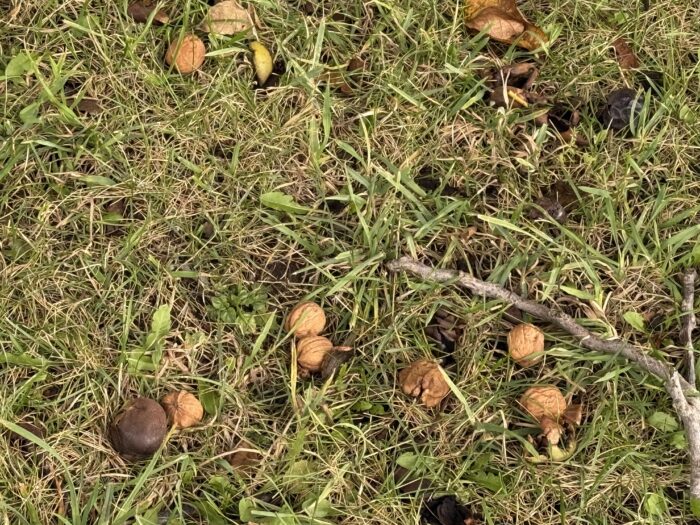
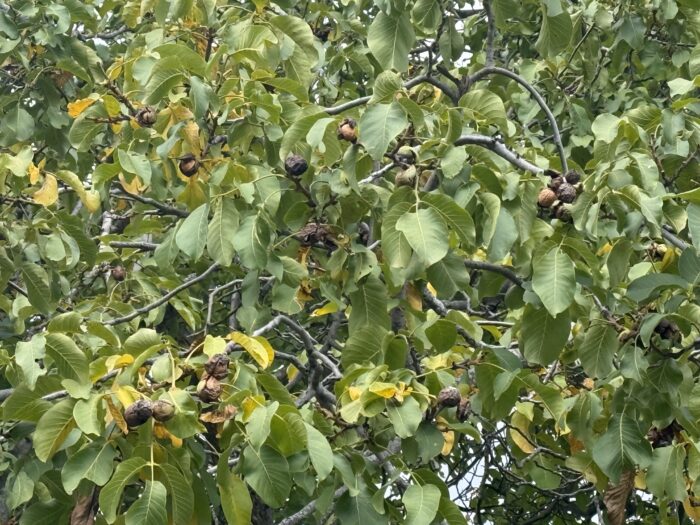
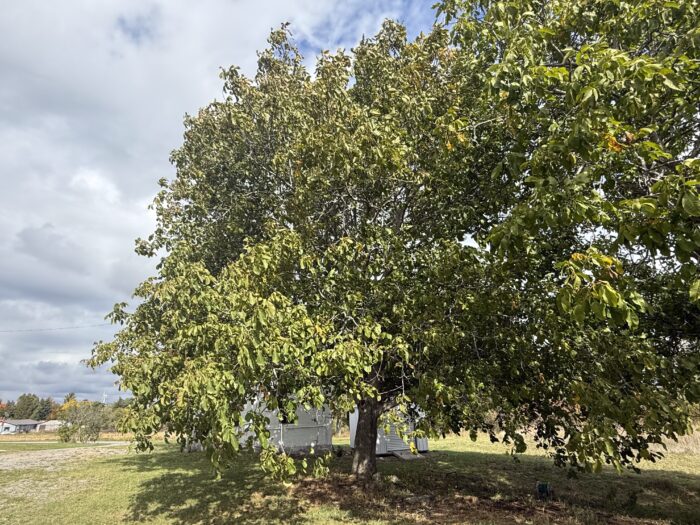
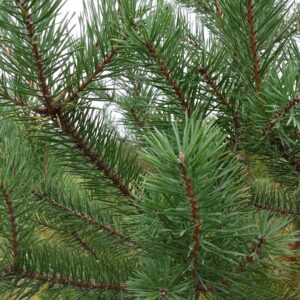
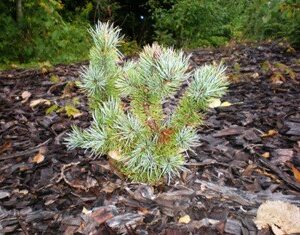
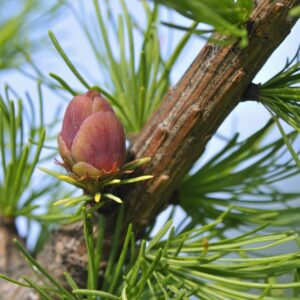
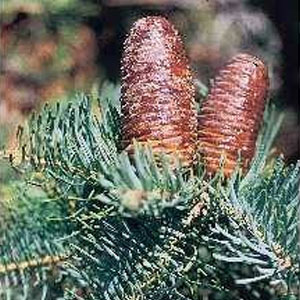

Reviews
There are no reviews yet.